Filter data
|
ID |
Nickname |
Country / City |
Languages |
Taxonomies |
Comment |
Project / Group |
Map |
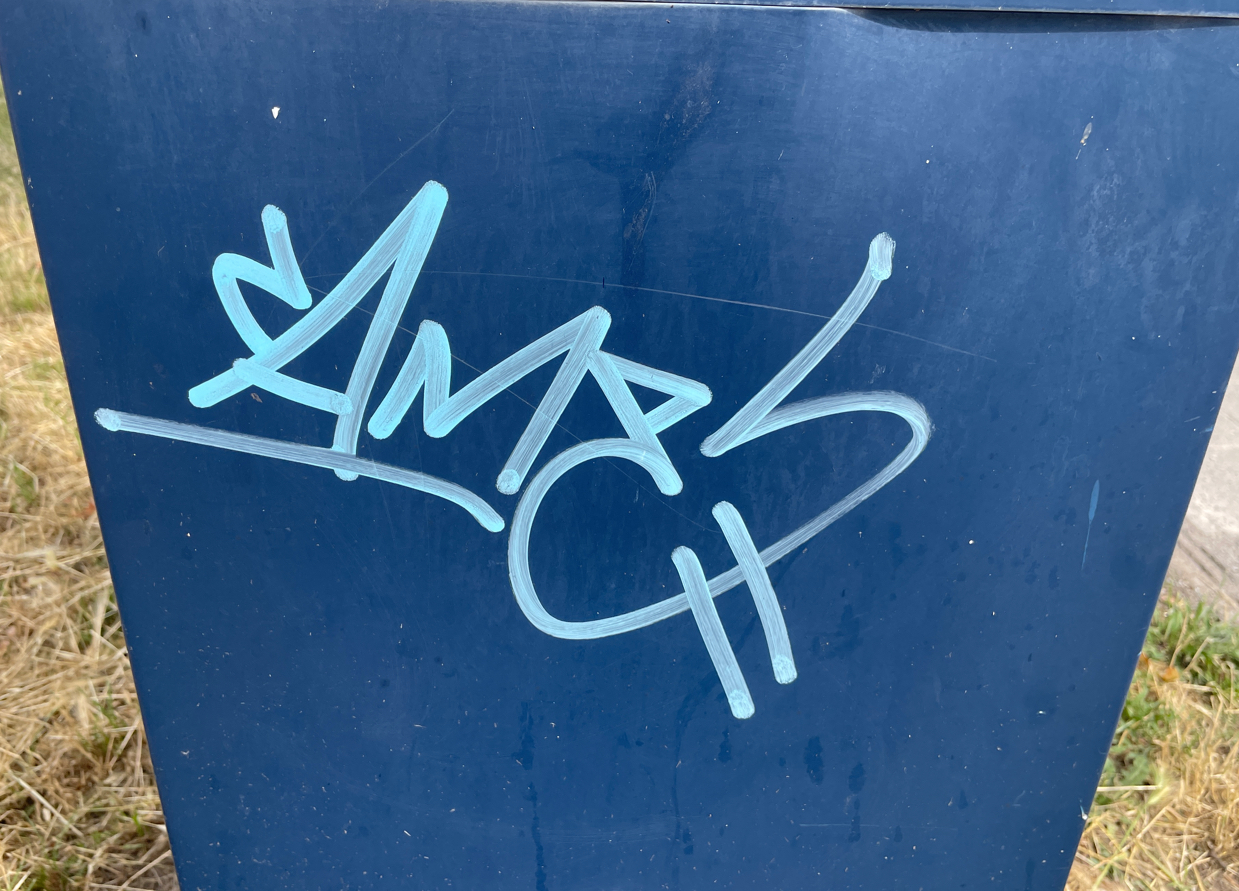
|
132350
|
MSC
|
Deutschland
Karlsruhe
|
|
|
—
|
|
|
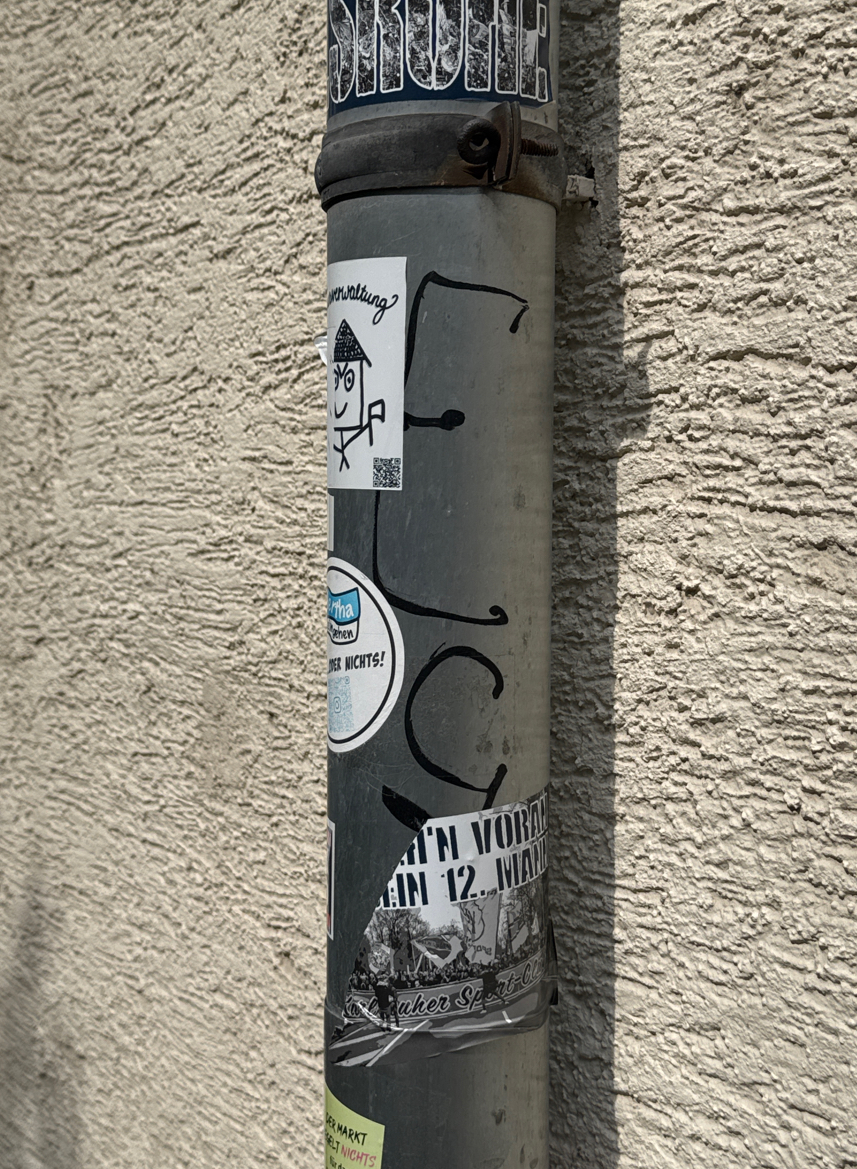
|
132351
|
ELA
|
Deutschland
Karlsruhe
|
|
|
—
|
|
|

|
132352
|
MSC
|
Deutschland
Karlsruhe
|
|
|
—
|
|
|
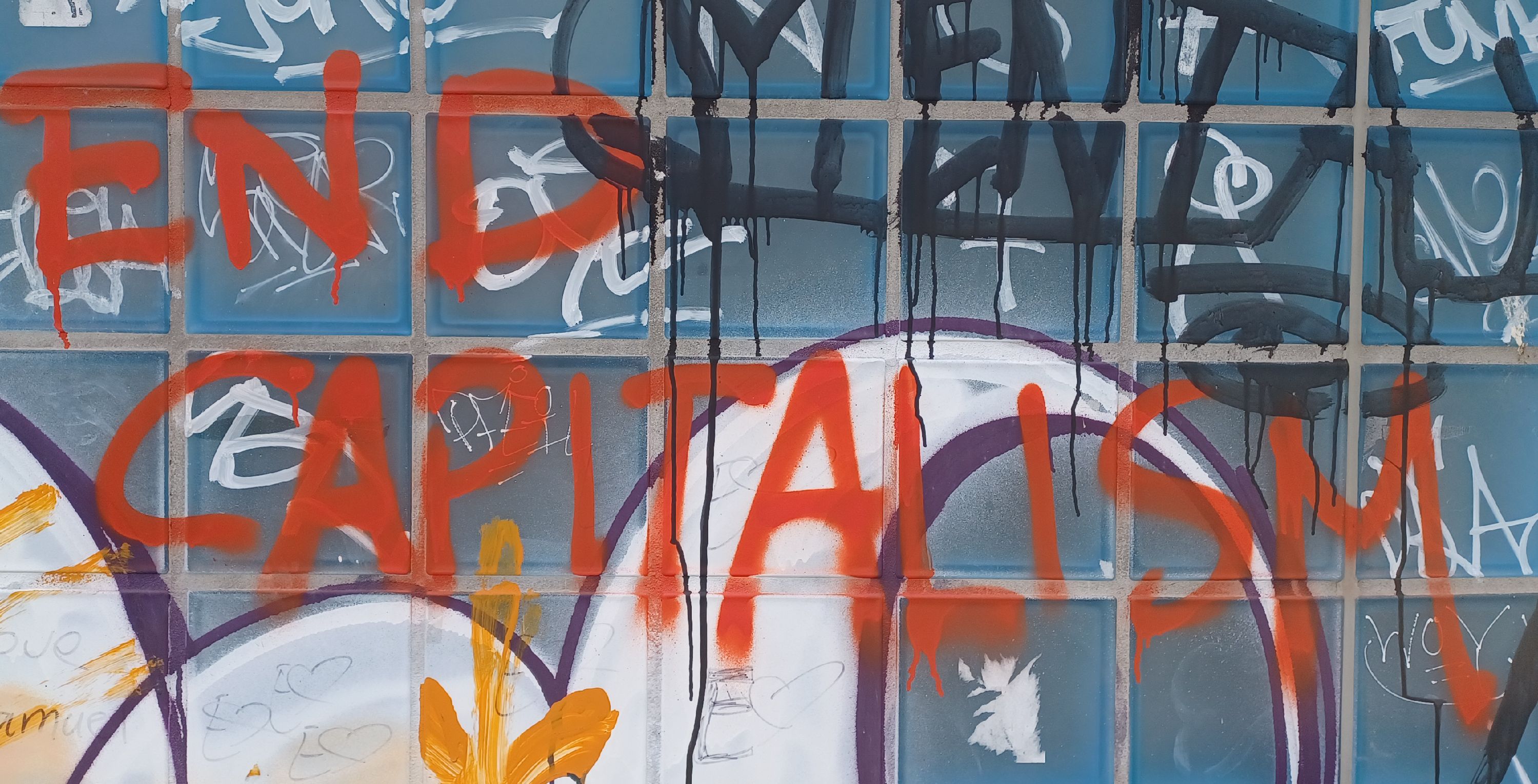
|
132353
|
JLA
|
Germany
Karlsruhe
|
|
|
JLA, Spruch
|
KAGraffiti
|
|
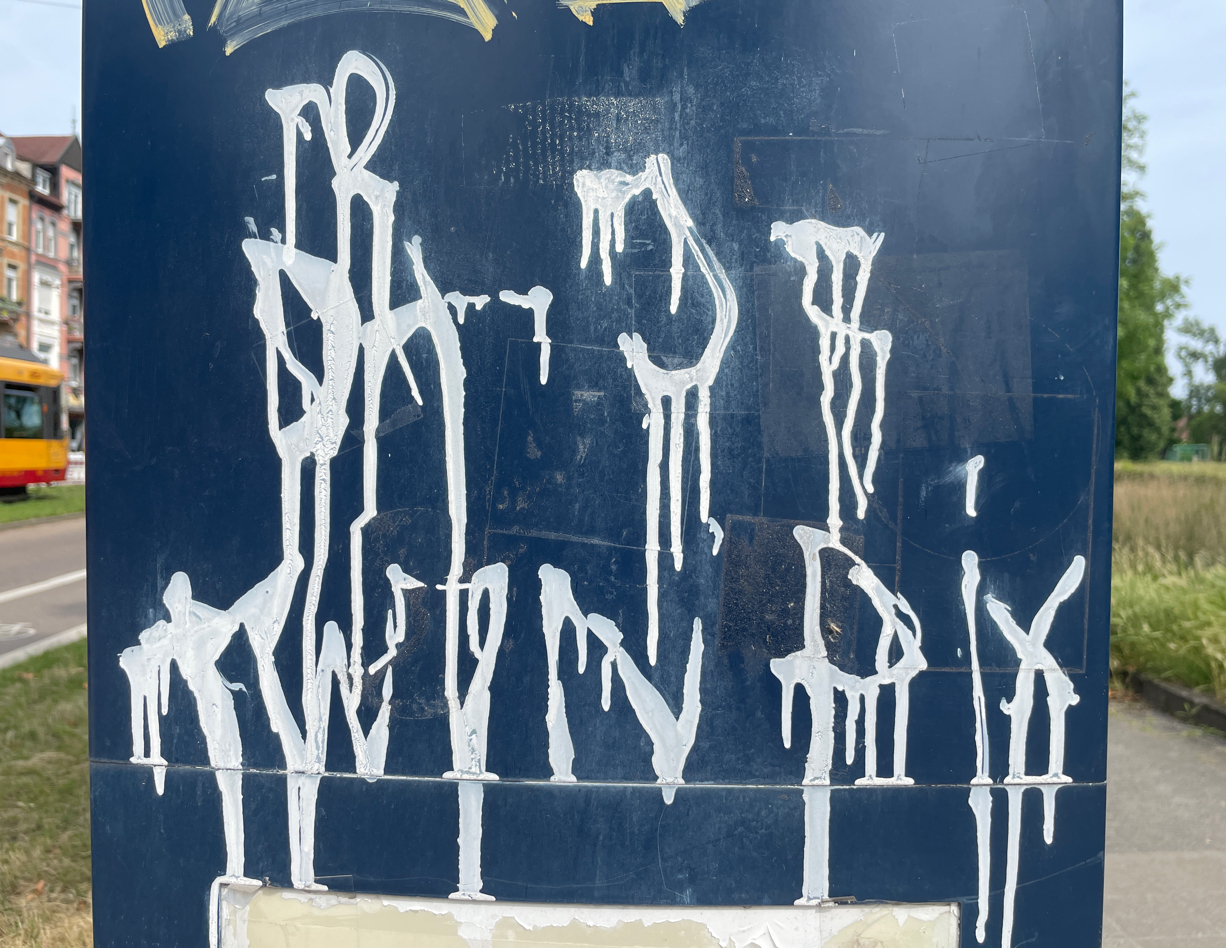
|
132354
|
MSC
|
Deutschland
Karlsruhe
|
|
|
—
|
|
|
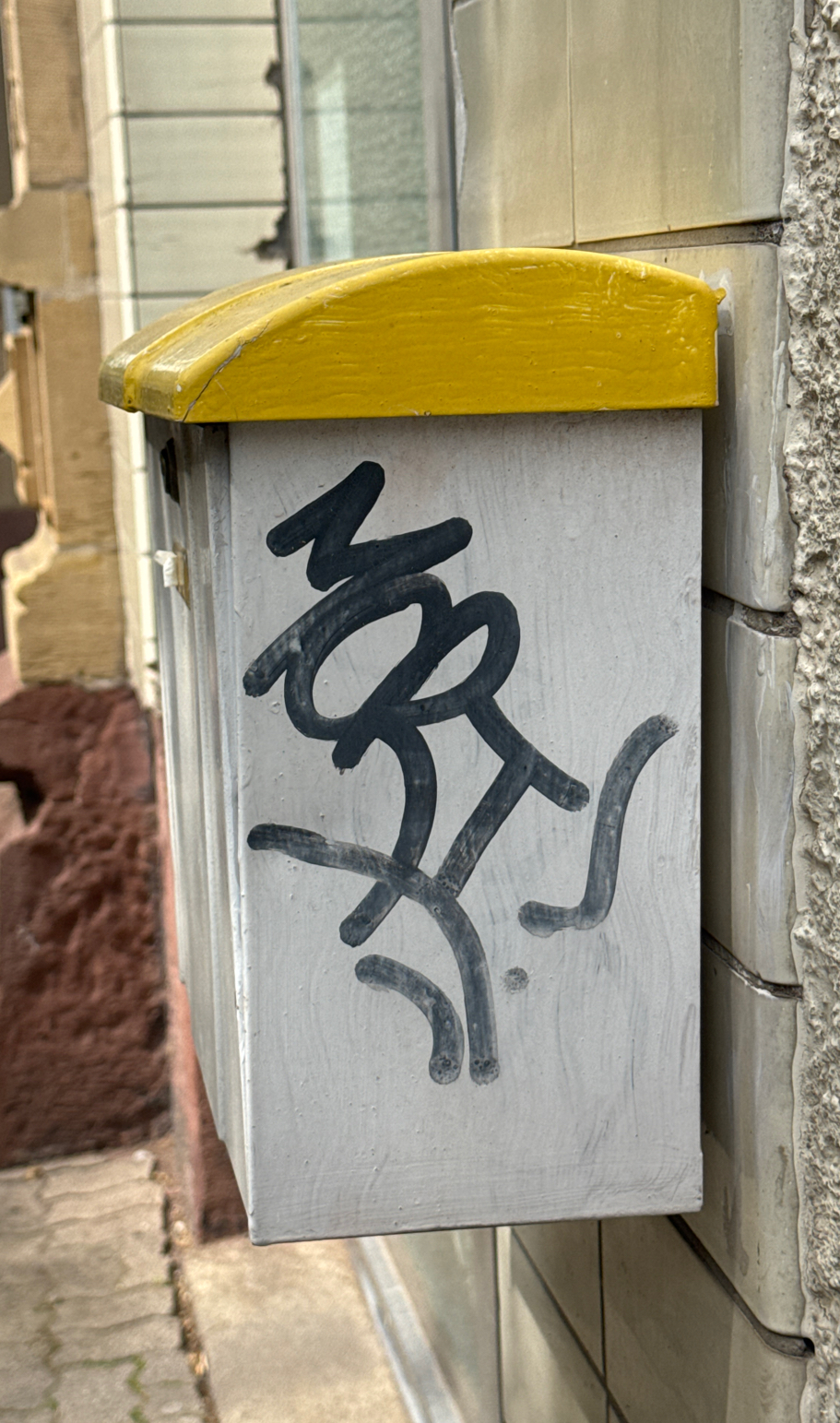
|
132355
|
ELA
|
Deutschland
Karlsruhe
|
|
|
—
|
|
|
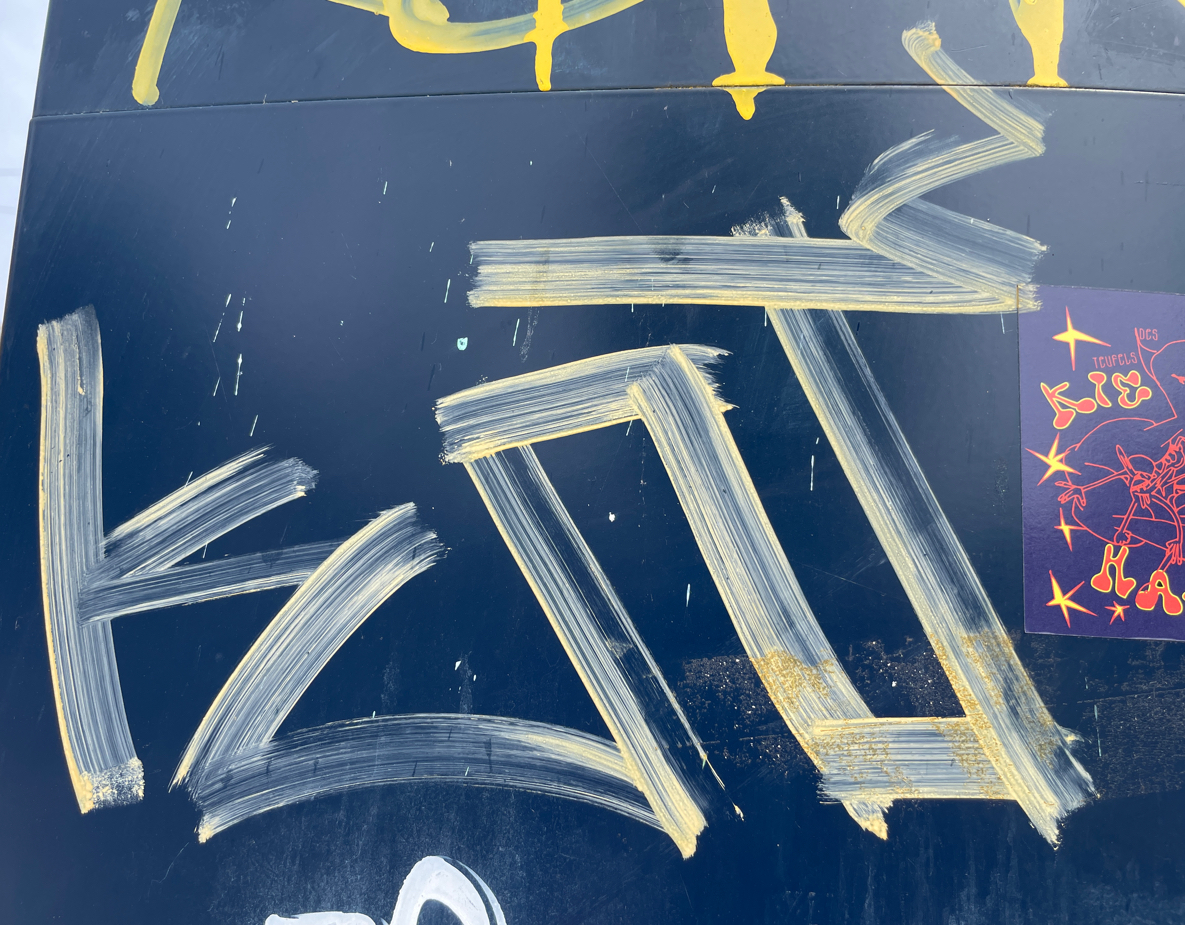
|
132356
|
MSC
|
Deutschland
Karlsruhe
|
|
|
—
|
|
|
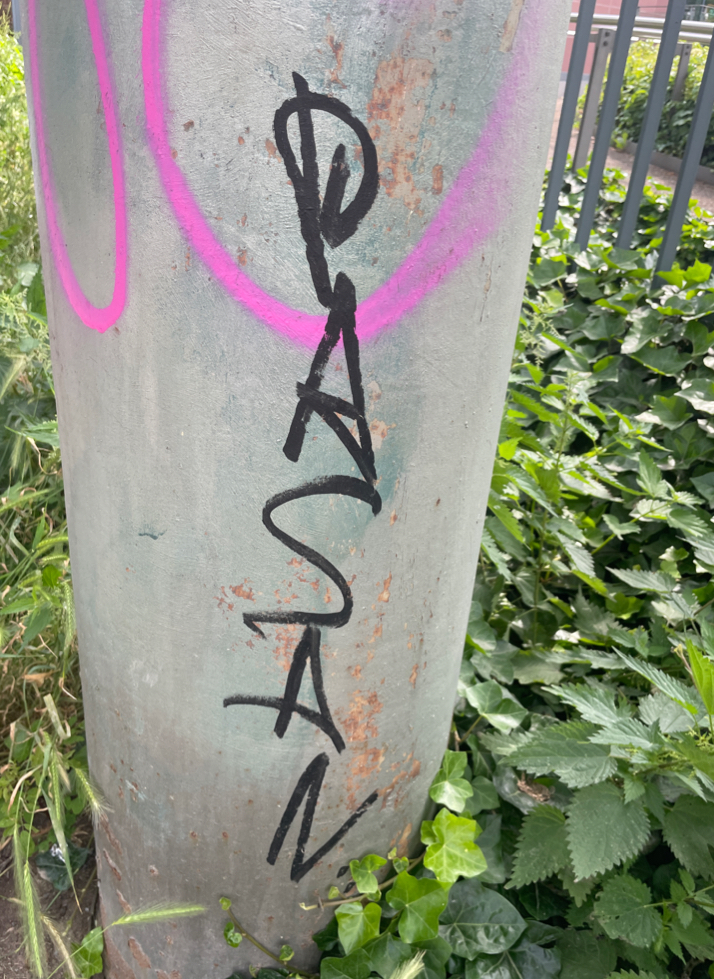
|
132357
|
MSC
|
Deutschland
Karlsruhe
|
|
|
—
|
|
|
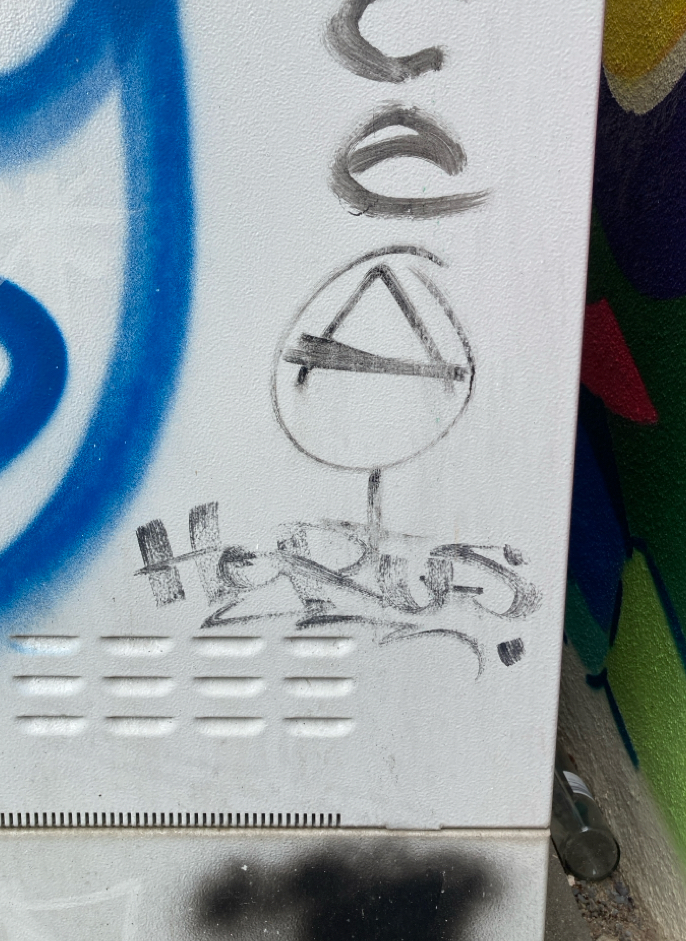
|
132358
|
JRo
|
Deutschland
Karlsruhe
|
|
|
Tag, foto von JRo
|
|
|
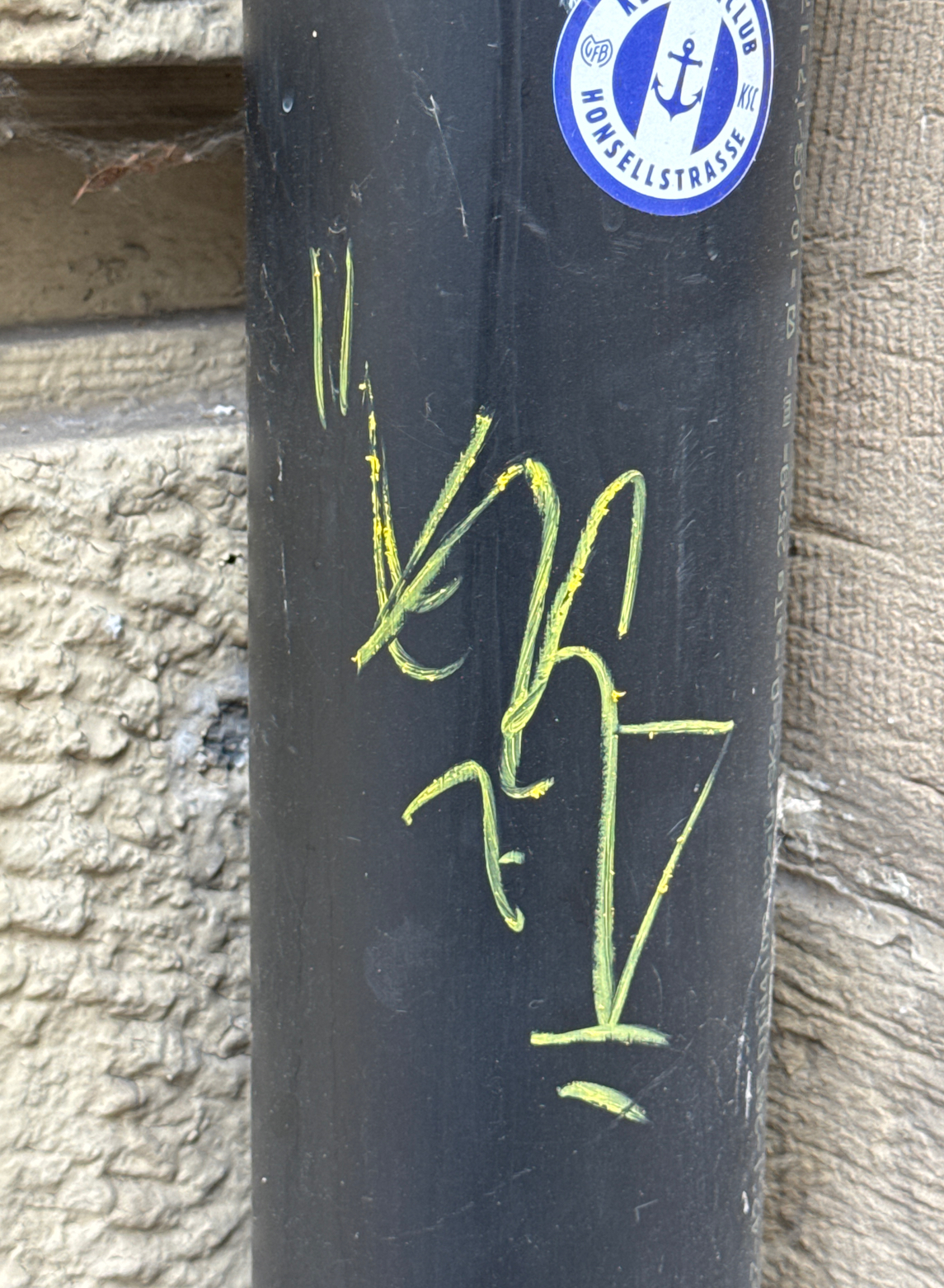
|
132359
|
ELA
|
Deutschland
Karlsruhe
|
|
|
—
|
|
|
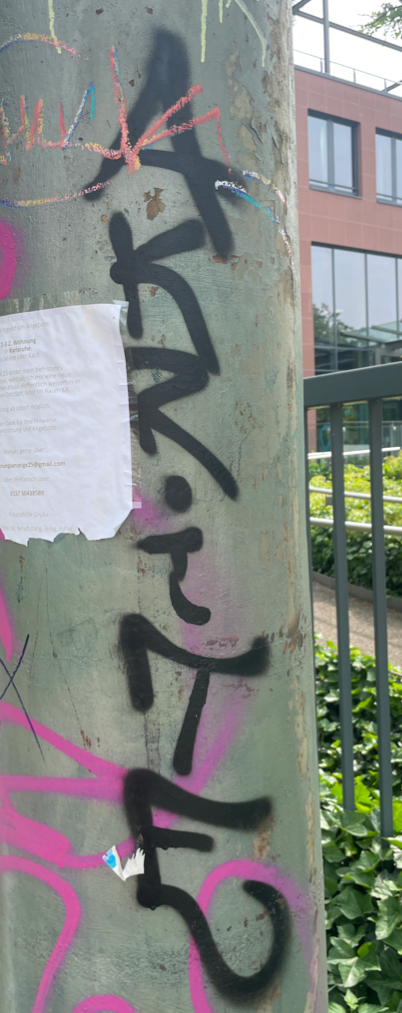
|
132360
|
MSC
|
Deutschland
Karlsruhe
|
|
|
—
|
|
|
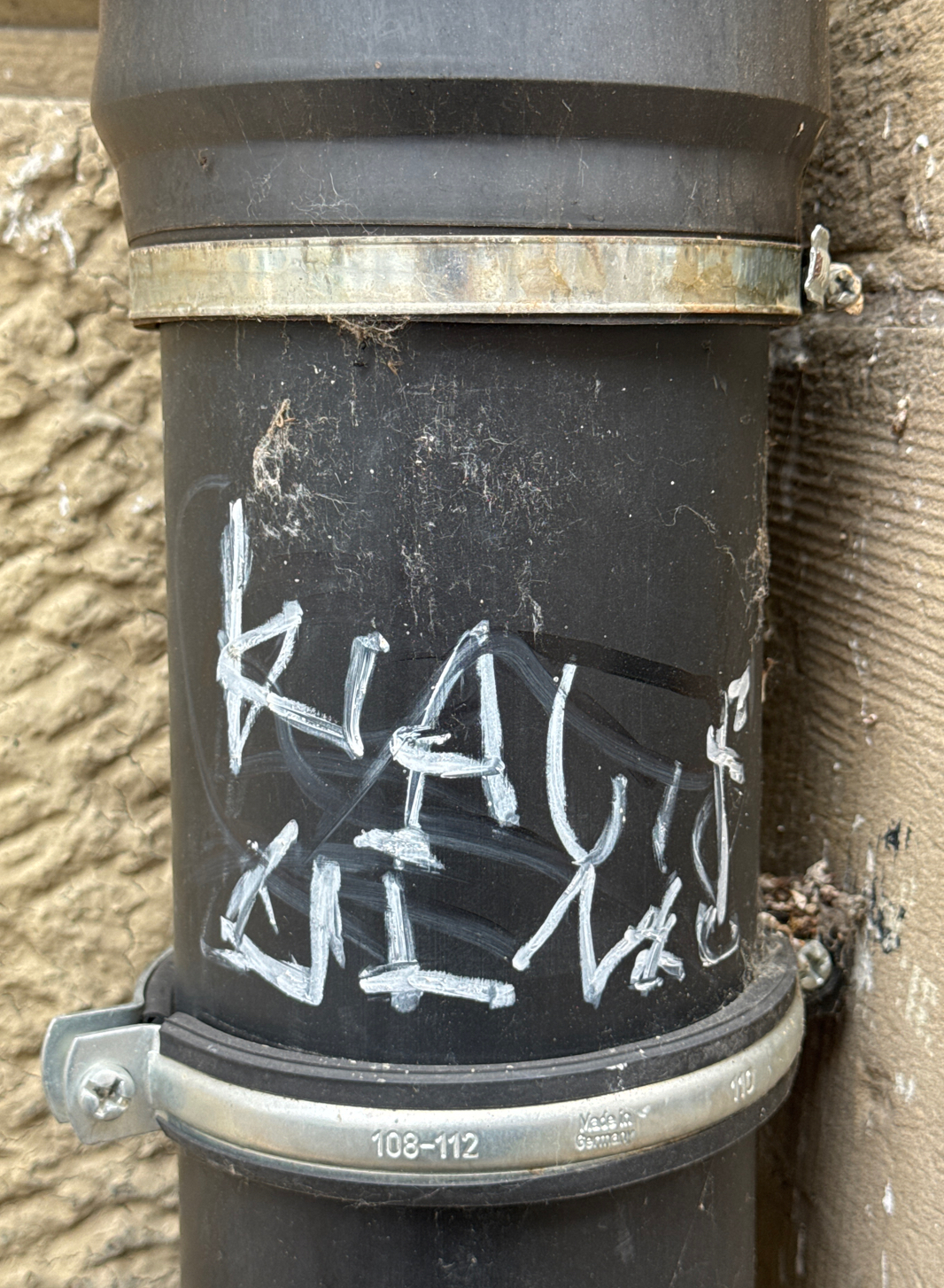
|
132361
|
ELA
|
Deutschland
Karlsruhe
|
|
|
—
|
|
|
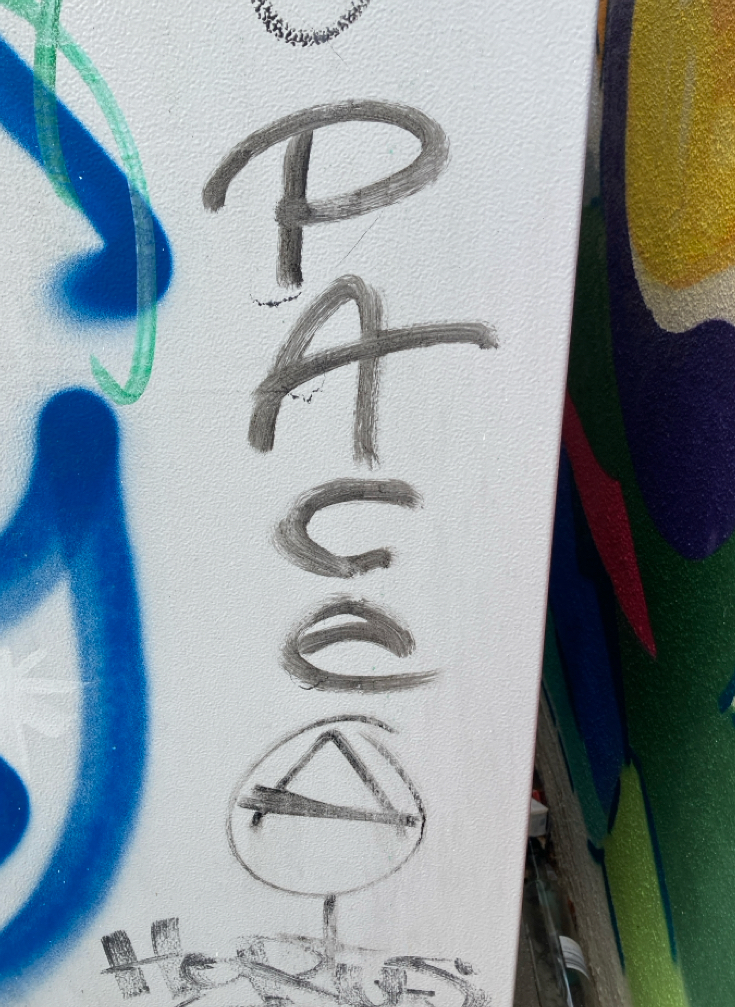
|
132362
|
JRo
|
Deutschland
Karlsruhe
|
|
|
Tag, foto von JRo
|
|
|
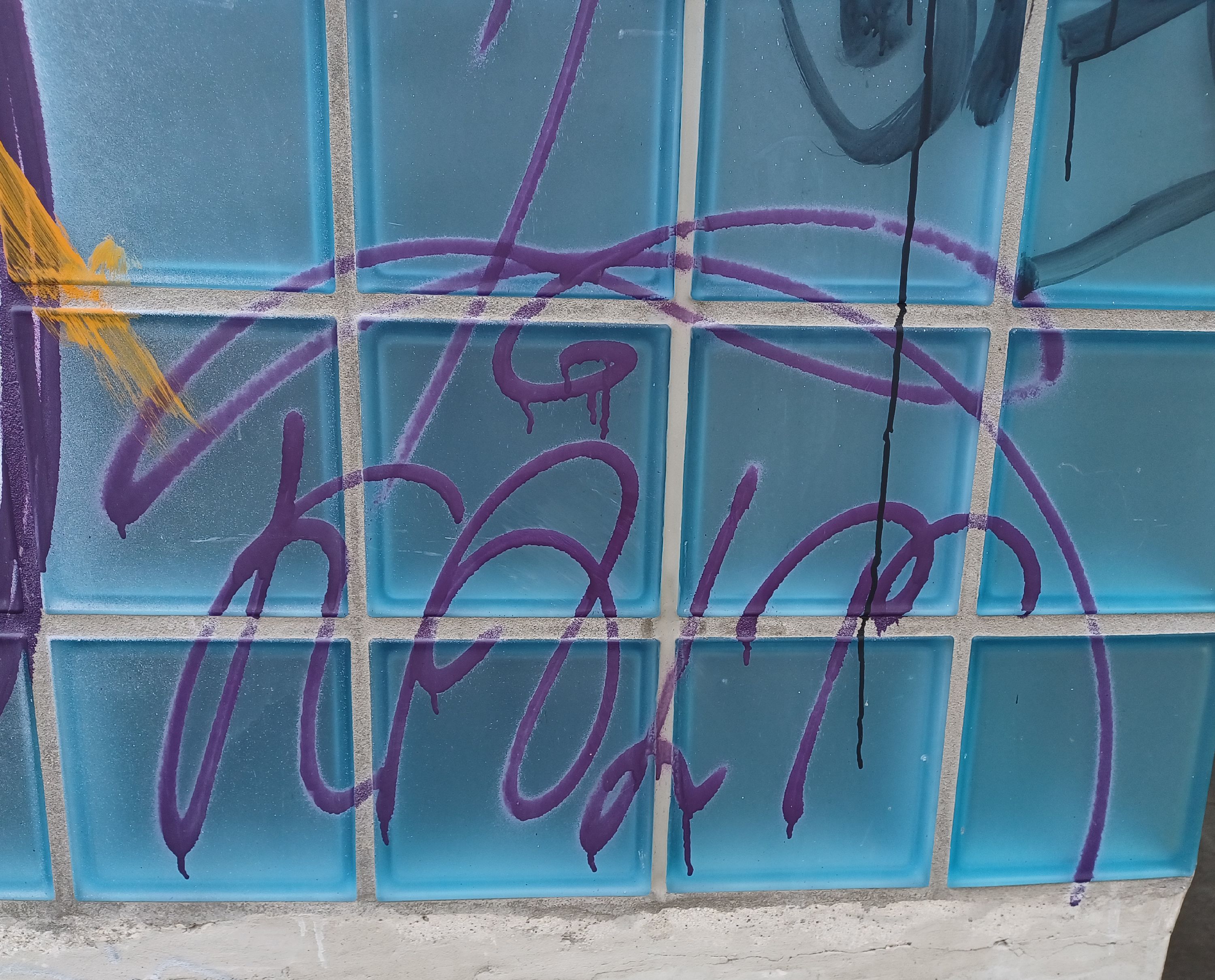
|
132363
|
JLA
|
Germany
Karlsruhe
|
|
|
JLA, Tag
|
KAGraffiti
|
|

|
132364
|
ELA
|
Deutschland
Karlsruhe
|
|
|
—
|
|
|

|
132365
|
MSC
|
Deutschland
Karlsruhe
|
|
|
—
|
|
|
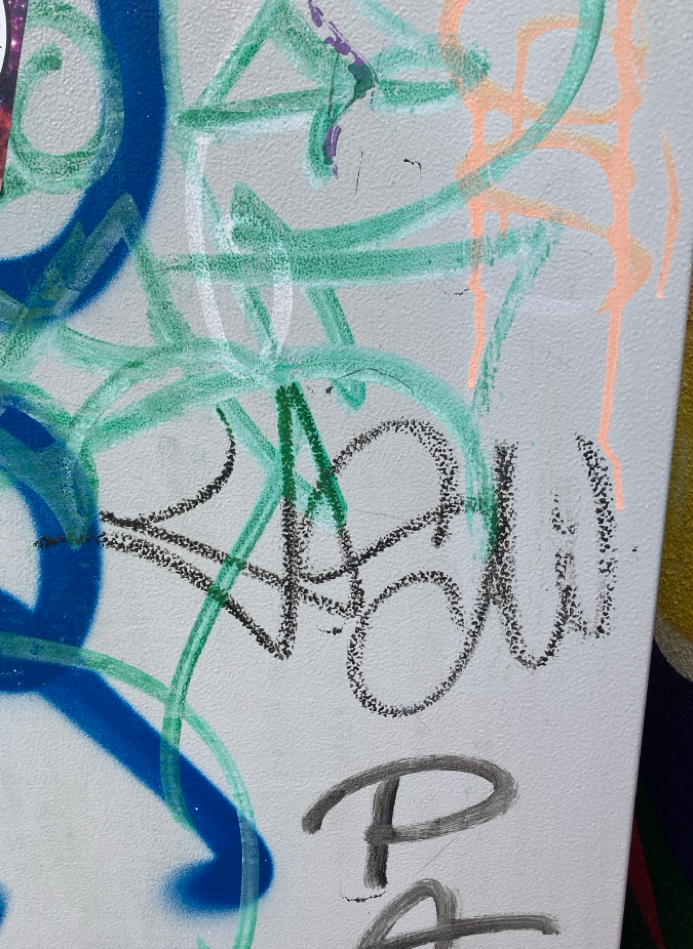
|
132366
|
JRo
|
Deutschland
Karlsruhe
|
|
|
Tag, foto von JRo
|
|
|
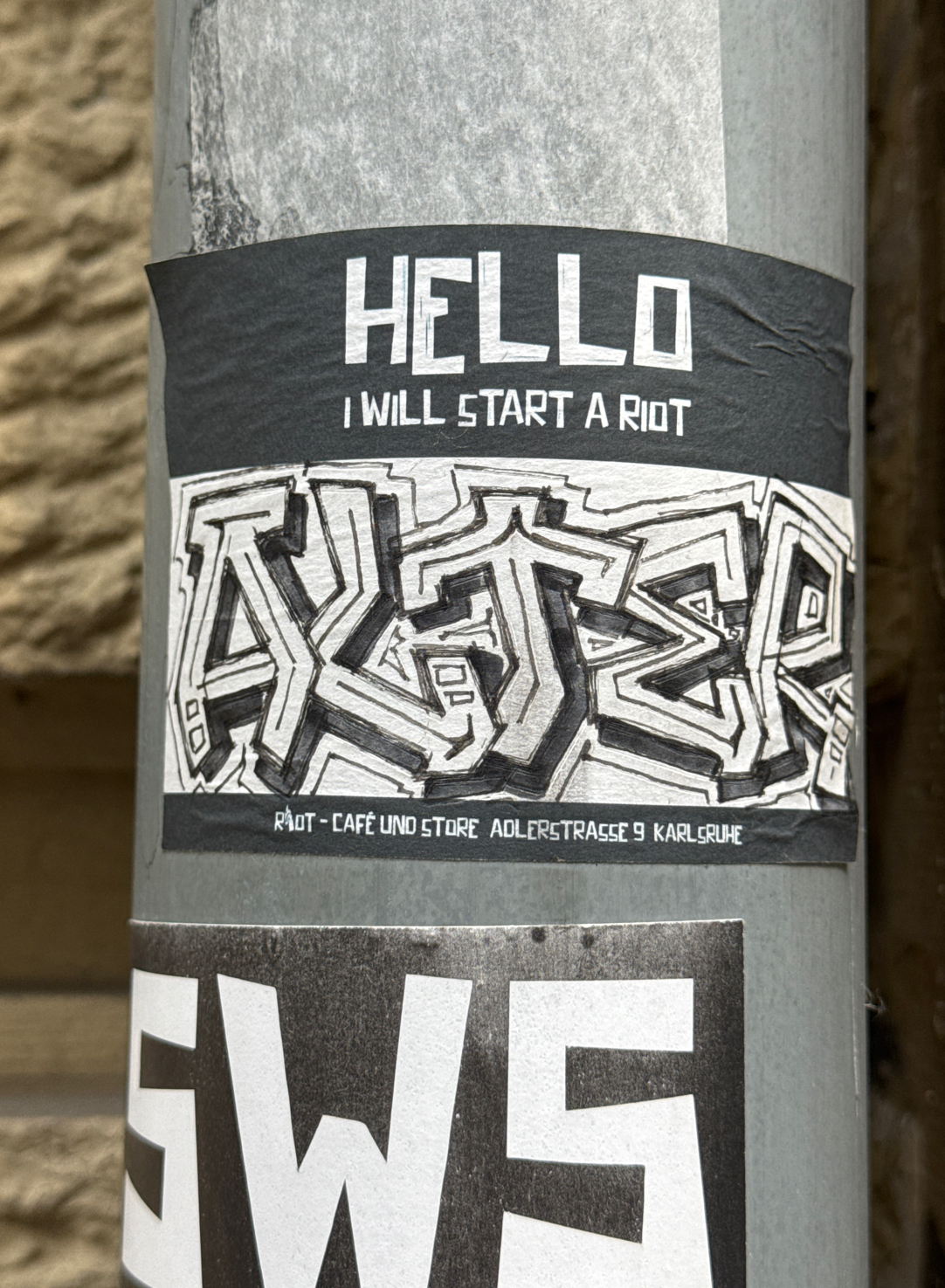
|
132367
|
ELA
|
Deutschland
Karlsruhe
|
|
|
—
|
|
|
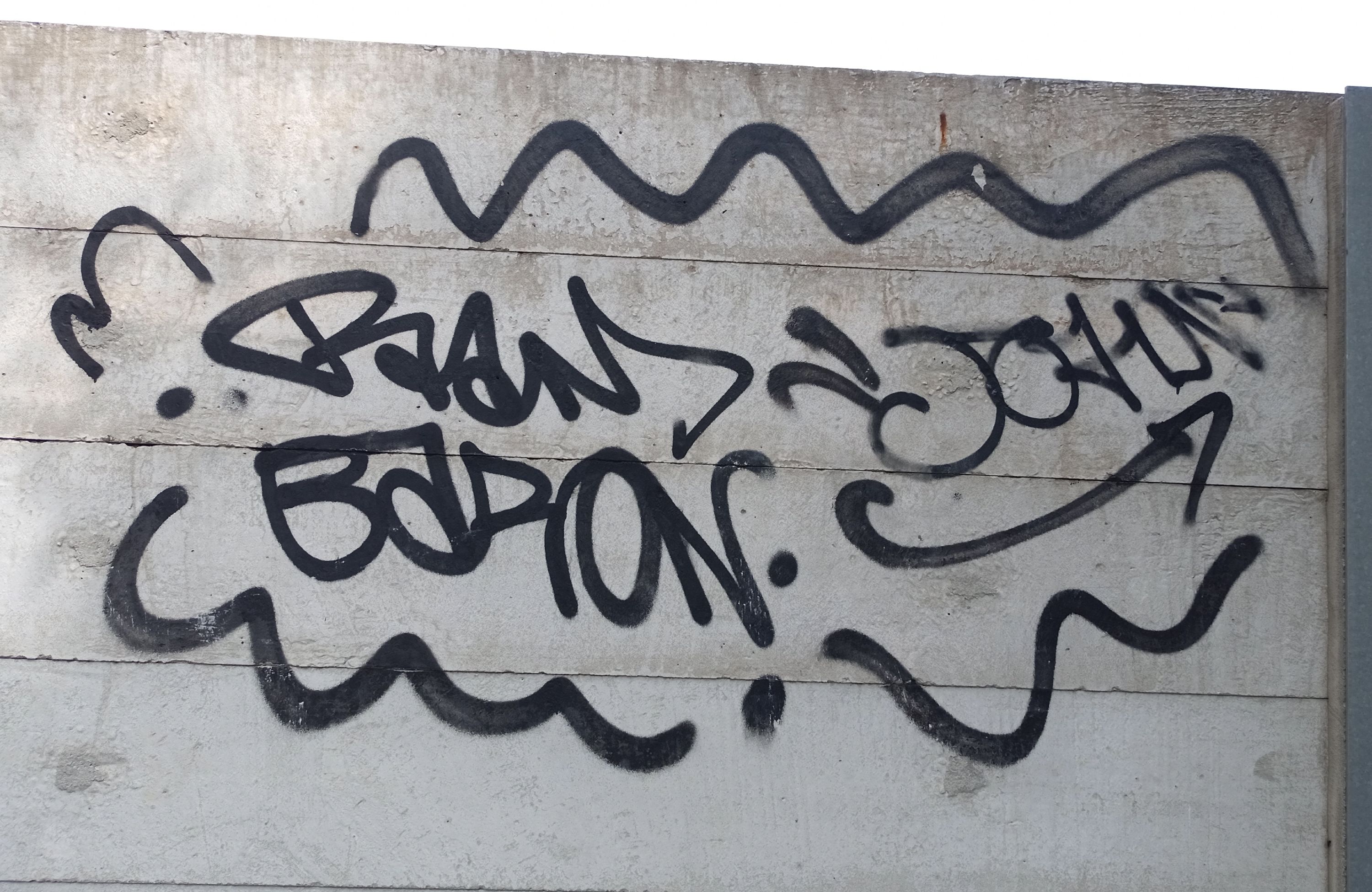
|
132368
|
EST
|
Germany
Karlsruhe
|
|
|
—
|
KAGraffiti
|
|

|
132369
|
MSC
|
Deutschland
Karlsruhe
|
|
|
—
|
|
|